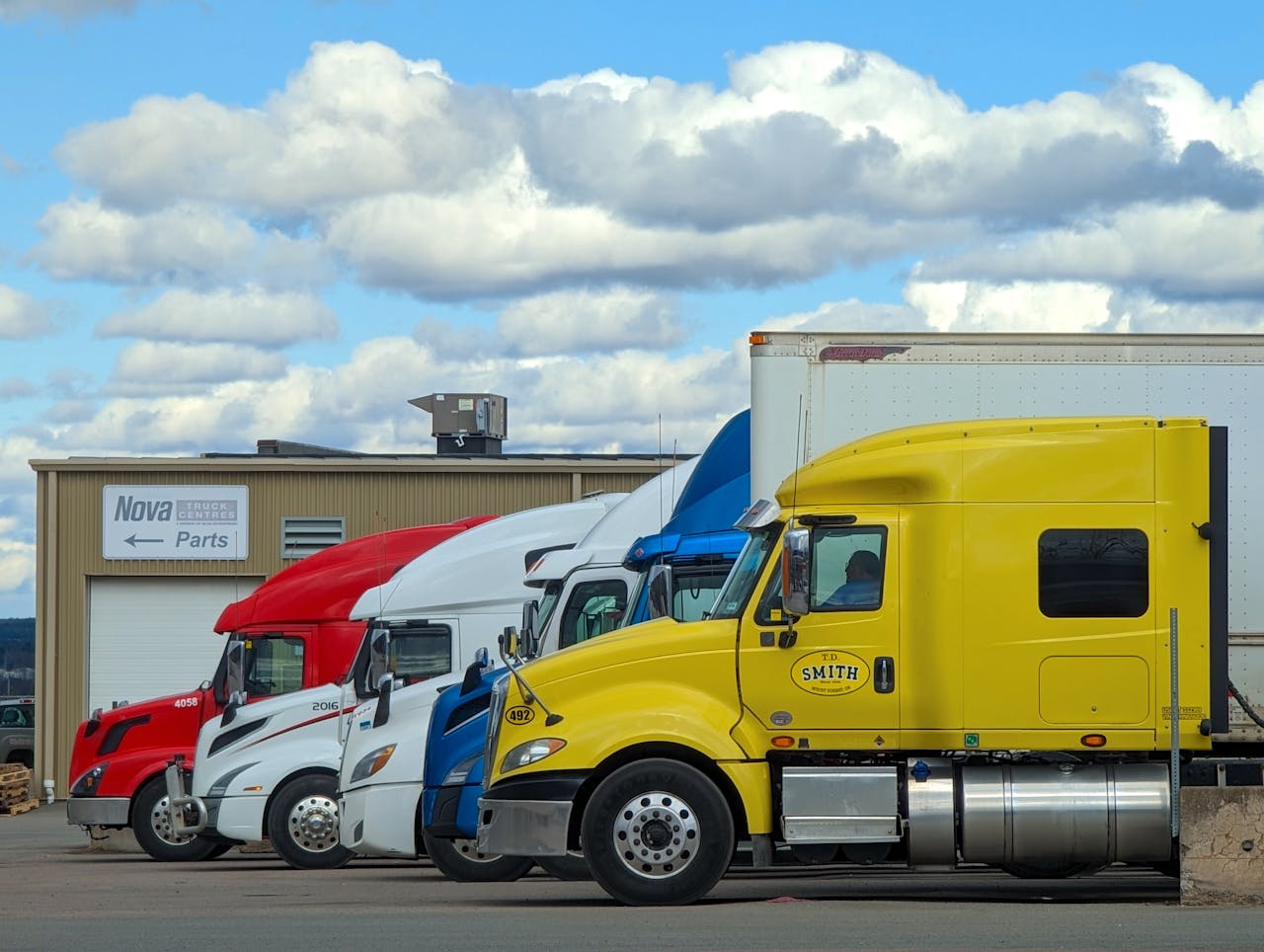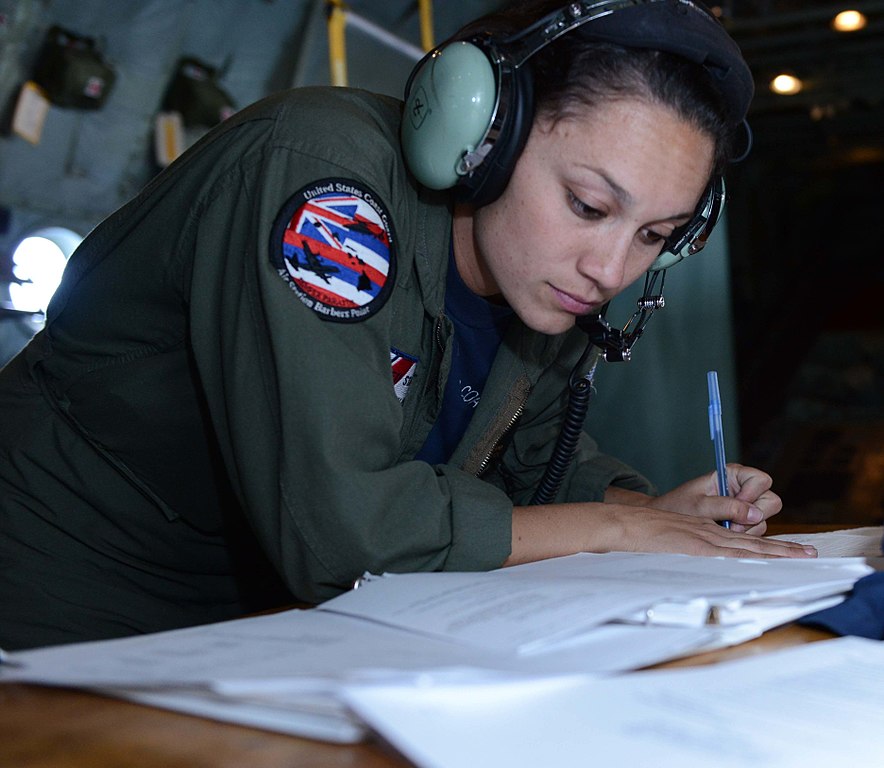 Most people think driving a truck is just regular driving, but bigger. You get behind the wheel, hit the gas, and deliver whatever needs to go from point A to point B. But professional commercial trucking is actually a completely different world from driving your car to work or taking a road trip. The equipment, skills, and challenges are so different that what seems simple to regular drivers can be incredibly complex for professional truckers.
Most people think driving a truck is just regular driving, but bigger. You get behind the wheel, hit the gas, and deliver whatever needs to go from point A to point B. But professional commercial trucking is actually a completely different world from driving your car to work or taking a road trip. The equipment, skills, and challenges are so different that what seems simple to regular drivers can be incredibly complex for professional truckers.
The trucks themselves are massive machines that require special training and licenses to operate safely. A fully loaded commercial truck can weigh up to 80,000 pounds – that’s about 40 times heavier than a typical car. Managing that much weight while navigating traffic, weather conditions, and tight delivery schedules requires skills that most regular drivers never develop.
Equipment That Goes Way Beyond Big Engines
Commercial trucks aren’t just scaled-up cars with bigger engines. They’re sophisticated machines built for specific types of cargo and operating conditions. The trailer alone can be customized for different types of freight – refrigerated units for food products, flatbeds for construction materials, tankers for liquids, or specialized containers for hazardous materials.
The cab of a commercial truck contains equipment that regular drivers never see. GPS systems designed specifically for commercial routes that avoid roads with weight restrictions or low bridges. Communication systems that keep drivers connected with dispatchers and customers. Electronic logging devices that track driving time to ensure compliance with federal safety regulations.
Professional operations require coordination between multiple specialized service providers to handle complex logistics challenges. A logistic trucking company manages not just the vehicles and drivers, but also route planning, regulatory compliance, cargo insurance, and coordination with shippers and receivers to ensure reliable delivery schedules.
The braking systems on commercial trucks use air pressure rather than hydraulic fluid, which requires different techniques and much more planning to stop safely. The transmission might have 18 gears instead of the automatic systems most car drivers are used to. Even basic maneuvers require different approaches because of the truck’s size, weight, and turning radius.
Navigating Rules That Don’t Apply to Regular Drivers
Commercial truck drivers operate under federal regulations that regular drivers never encounter. Hours of service rules limit how long drivers can operate before taking mandatory rest breaks. These aren’t suggestions – they’re strictly enforced regulations with significant penalties for violations.
Weight limits affect every aspect of commercial trucking operations. Drivers must plan routes that avoid roads, bridges, or tunnels that can’t handle their vehicle’s weight. They need to understand how to distribute cargo weight properly to avoid overloading individual axles. Overweight violations can result in huge fines and delays that cost companies thousands of dollars.
Commercial drivers also deal with specialized permits for oversized loads, hazardous materials certifications for dangerous cargo, and state-by-state regulations that can change significantly as they cross jurisdictional boundaries. A route that works perfectly in one state might be illegal or impractical in another.
Inspection requirements for commercial vehicles are much more stringent than regular vehicle inspections. Drivers perform detailed pre-trip inspections checking dozens of components before starting their routes. They’re subject to random roadside inspections by law enforcement officers trained specifically in commercial vehicle regulations.
Planning That Goes Far Beyond Getting Directions
Route planning for commercial trucks involves much more than finding the shortest distance between two points. Professional drivers must consider weight restrictions, height clearances, hazardous materials routes, truck-restricted roads, and delivery time windows that all affect which roads they can use.
Fuel planning becomes critical on long hauls because commercial trucks consume fuel much faster than regular vehicles and can’t always refuel at convenient locations. Drivers need to plan fuel stops that can accommodate their vehicle size while providing competitive fuel prices and necessary services.
Loading and unloading procedures vary dramatically between different types of cargo and receiving facilities. Some customers have specific time windows for deliveries, special equipment requirements, or procedures that drivers must follow exactly. A mistake during loading or unloading can damage cargo, delay other shipments, or create safety hazards.
Weather affects commercial trucks much more severely than regular vehicles. High winds can make driving dangerous or impossible, especially for trucks pulling empty trailers. Ice and snow create stopping and traction challenges that are magnified by the truck’s weight and size. Professional drivers need to understand how weather affects their specific type of cargo and equipment.
Safety Standards That Actually Matter
Commercial trucking safety goes way beyond what regular drivers deal with because the risks are so much bigger. When an 80,000-pound truck gets into an accident, the damage and danger are on a completely different level than a regular car crash.
Professional truck drivers go through serious training that covers defensive driving, how to prevent accidents, and what to do when things go wrong. They learn how to handle situations that would be disasters if not managed right – equipment breaking down, cargo shifting around, or dangerous road conditions that could cause major accidents.
Truck maintenance happens way more often and is much more thorough than what you do with your car. Important safety parts get checked and fixed based on how many miles the truck has driven, not just when someone thinks it might be time. Brakes, steering, and suspension components get tested regularly because they have to handle way more stress than regular vehicle parts.
The standards for who can drive commercial trucks are also much stricter. Drivers need medical checkups, background checks, and ongoing monitoring that regular drivers don’t deal with. They have to keep clean driving records and pass tests periodically to keep their commercial licenses.
Technology That Keeps Everything Running
Modern trucking companies use computer systems that handle a bunch of different tasks at the same time. Fleet management software tracks where trucks are, how much gas they’re burning, when they need maintenance, and how long drivers have been working.
Electronic logging devices automatically write down when drivers are on duty and when they’re taking breaks so companies stay within federal rules. GPS systems give live traffic updates and figure out the best routes based on what’s happening right now, when deliveries need to happen, and which roads the trucks can actually drive on.
Communication systems keep drivers in touch with their home base, customers, and emergency help while they’re on the road. Cargo monitoring can watch things such as temperature and moisture levels for shipments that need special care during the trip.
All these tech systems work together to make things run smoother and safer than anyone could manage by hand. Keeping track of hundreds of trucks, thousands of shipments, and complicated delivery schedules needs computer systems that regular drivers never have to deal with.
Why Professional Operations Actually Matter
The difference between professional trucking and regular driving goes way beyond just having a bigger truck or hauling more cargo. It’s about the complete package of training, equipment, procedures, and technology that makes dependable, safe, and efficient freight hauling work.
Companies count on professional trucking outfits because they need a lot more than someone who can drive a big rig. They need operations that can solve complicated shipping puzzles, follow all the rules, and get the job done no matter what Mother Nature, traffic jams, or other problems throw at them – things that would completely shut down regular drivers.
Professional trucking is its own specialized field with know-how, equipment, and skills that go way beyond what you get from regular driving experience. Getting these differences helps explain why hauling commercial freight needs real professionals instead of just sticking people behind the wheel of bigger trucks and crossing your fingers.









